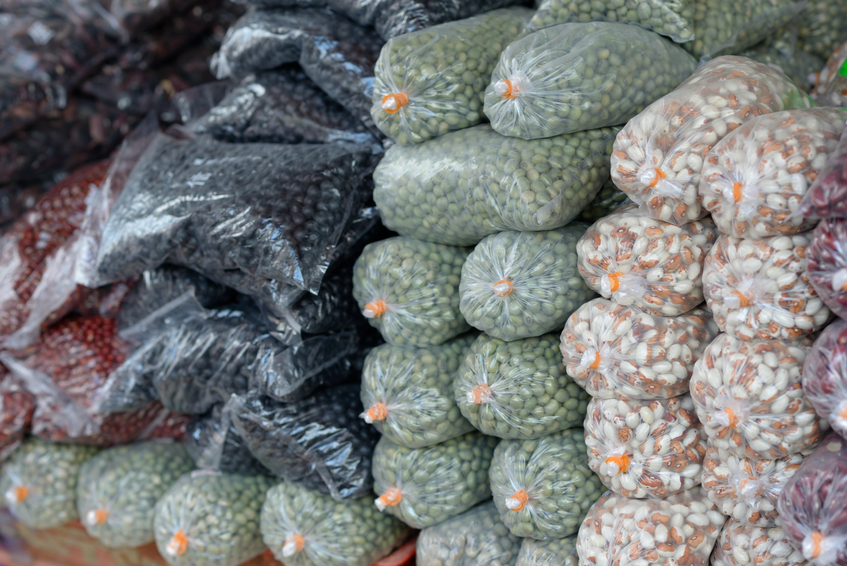
In today’s fast food world, it’s easy to assume that eating healthy is too expensive for budget-conscious consumers. But while buying organic vegetables and premium juice in health stores can admittedly be costly, there are numerous other affordable options available.
Students pursuing a Nutrition, Health, and Sport diploma program at a top college like AAPS understand better than most the important role that nutritious foods have in optimizing the body’s health. They also know that clients don’t necessarily have to choose between eating healthy and eating affordably. In fact, with the help of a few savvy shopping tips, your clients can enjoy the best of both worlds.
Here are some valuable tips you might recommend to future clients looking to eat healthy on a budget.
Professionals With a Diploma in Nutrition Recommend Buying in Bulk
As graduates of nutrition and health training programs often know, a little planning can go a long way to making mealtime delicious, healthy, and affordable. Freezing leftovers, developing a meal plan, and other approaches can help your clients spend less and eat healthier. Another helpful option you might recommend is to buy items in bulk. Bulk purchases are often less expensive per pound than buying the same items in smaller packaging. In addition, many foods like dried beans, chickpeas, and lentils can last a long time in the pantry, so clients can buy them in bulk without worrying about spoilage. Bulk purchases of meats as well as fruits and vegetables can also last a long time when stored in the freezer.

Buying in bulk can help your clients eat healthy on a budget
Grads of Nutrition and Health Training Advise Clients to Buy Fresh Foods in Season
Graduates of a nutrition diploma program often recommend that their clients eat plenty of fresh fruits and veggies. When purchasing these and other food items, it’s ideal to include as many organic, local, and unprocessed options as possible. Canned peaches, for example, will contain much more sugar than fresh peaches. However, fresh local and organic foods can often be pricier than their conventional counterparts.
One way your clients can overcome this roadblock is to eat fresh fruits and vegetables when they are in season, which is when they will be at their least expensive. Purchasing asparagus and rhubarb in the spring, blueberries and tomatoes in the summer, and apples and pumpkins in the fall—for example—can help your clients enjoy these healthy local foods when they are at their freshest and cheapest.
Pros With Nutrition and Health Training Advise Clients to Avoid Shopping While Hungry
Avoiding shopping when hungry should help your clients make better food choices. For example, a recent study found that hungry buyers were more likely to purchase higher calorie foods than buyers who had eaten just before going to the grocery store. In addition, other studies have also found that grocery shopping while hungry often leads to buying more items in general.
If your clients struggle with impulse buying unhealthy items, or purchasing more groceries than they need, try recommending that they shop after lunch or dinner, when they will be full and less likely to overspend.
Are you interested in pursuing a diploma in nutrition?
AAPS’ Nutrition, Health, and Sport program integrates knowledge of nutrition, physical activity, and optimizing health.



